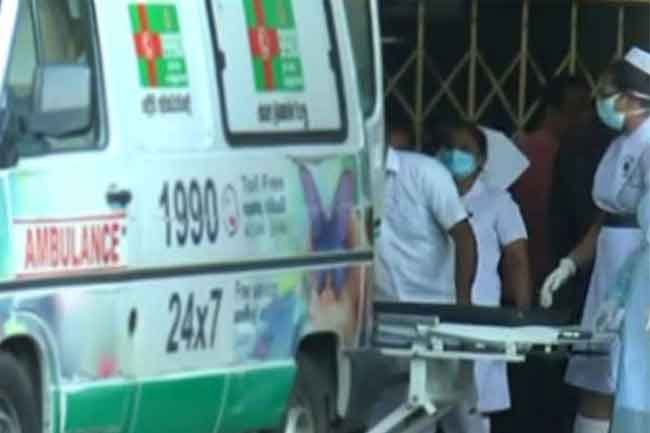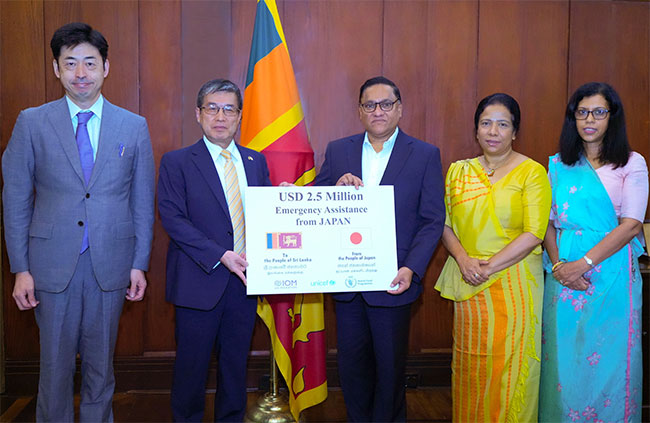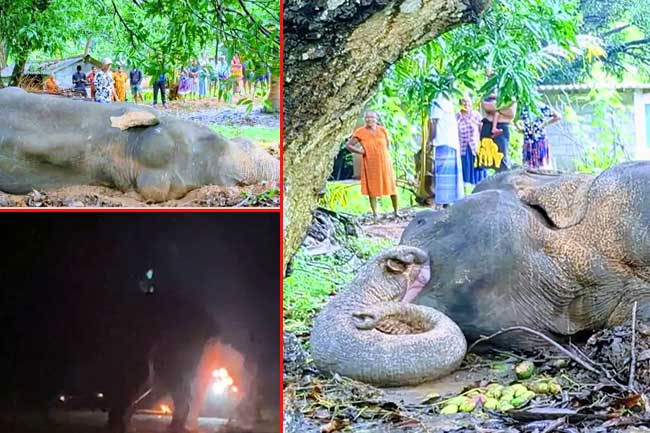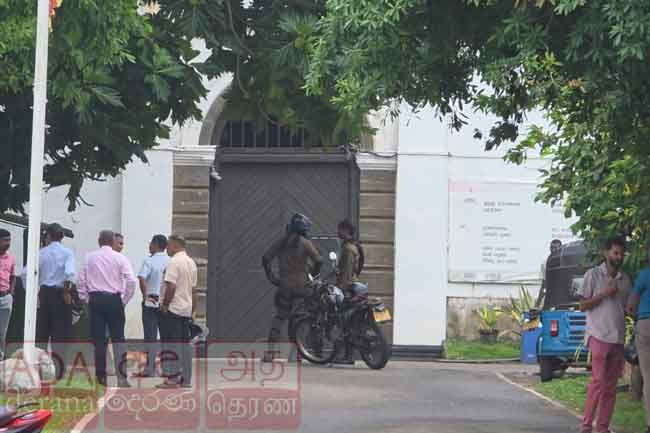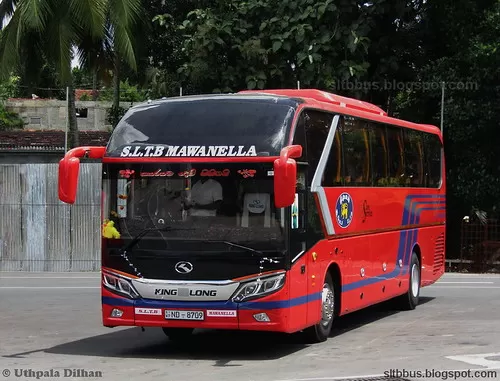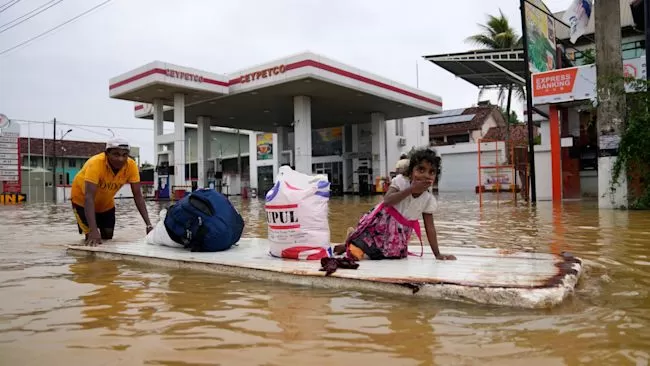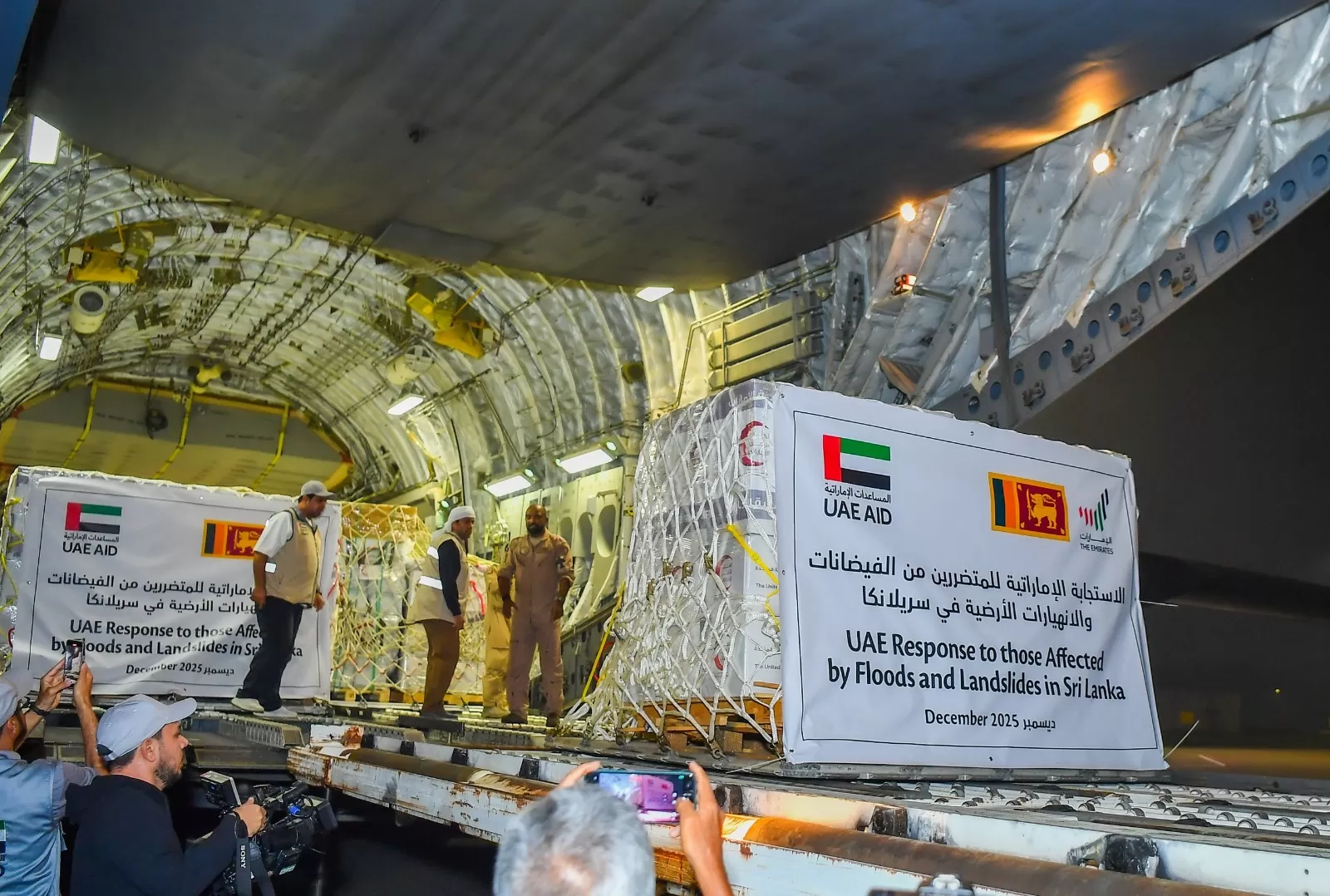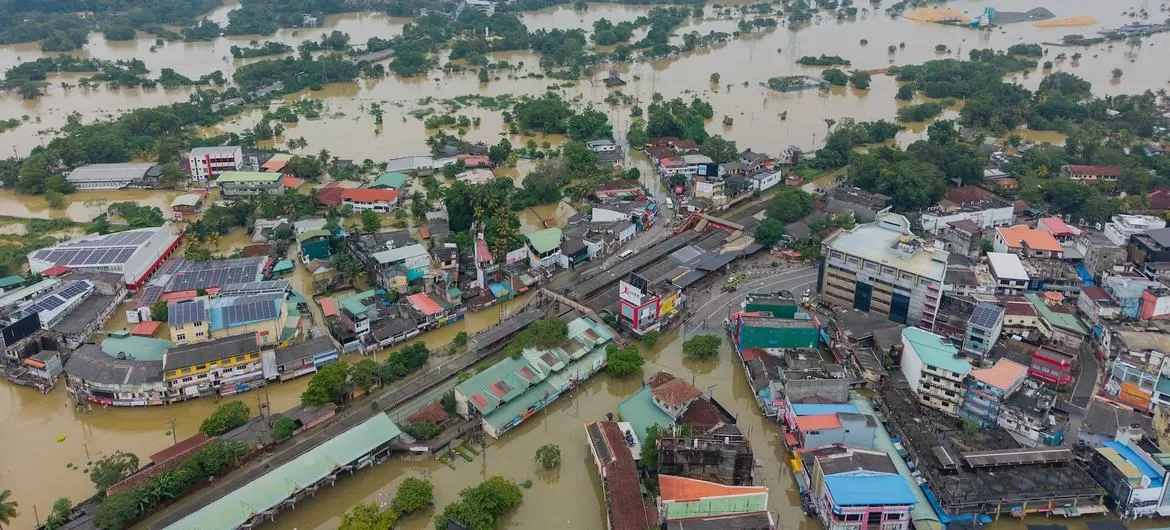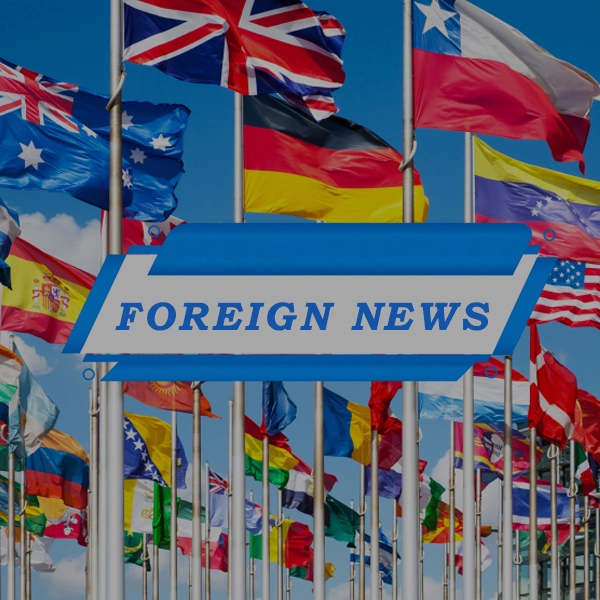A tragic accident in Dehiattakandiya has resulted in the deaths of a 33-year-old woman and her 2-year-old son. The collision occurred today (17) between a bus and a three-wheeler in the Muwagammana area along the Polonnaruwa-Mahiyanganaya main road. After the crash, the three-wheeler driver, along with his wife and their two sons, were taken to Dehiattakandiya Hospital in critical condition. Sadly, the wife and one of the children later died from their injuries, as reported by the Police Media Division. The deceased mother and son were residents of Mawanagama in the Dehiattakandiya district. The injured three-wheeler driver and his 11-year-old son were then moved to Polonnaruwa Hospital for additional treatment. The bodies of the deceased are currently at Dehiattakandiya Hospital. Meanwhile, the bus driver has been arrested, and the Dehiattakandiya Police are investigating the incident further.
